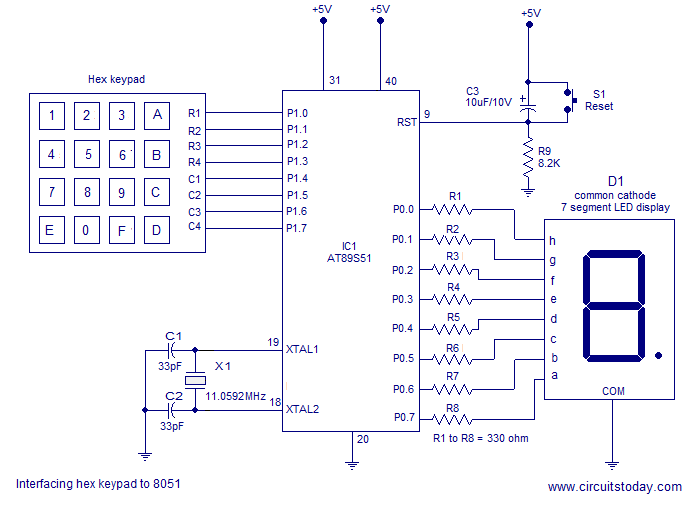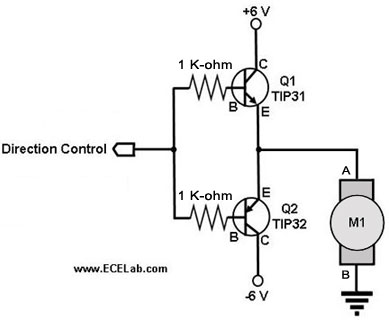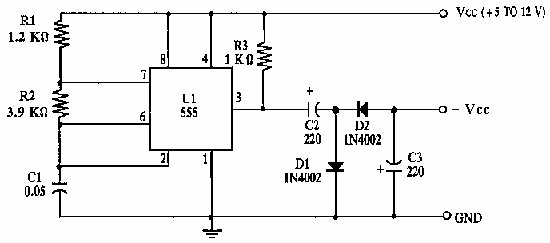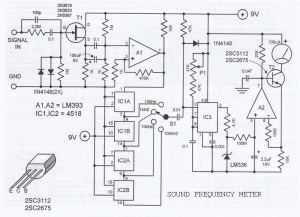
joule thief circuit boosts voltage from 1.5V battery
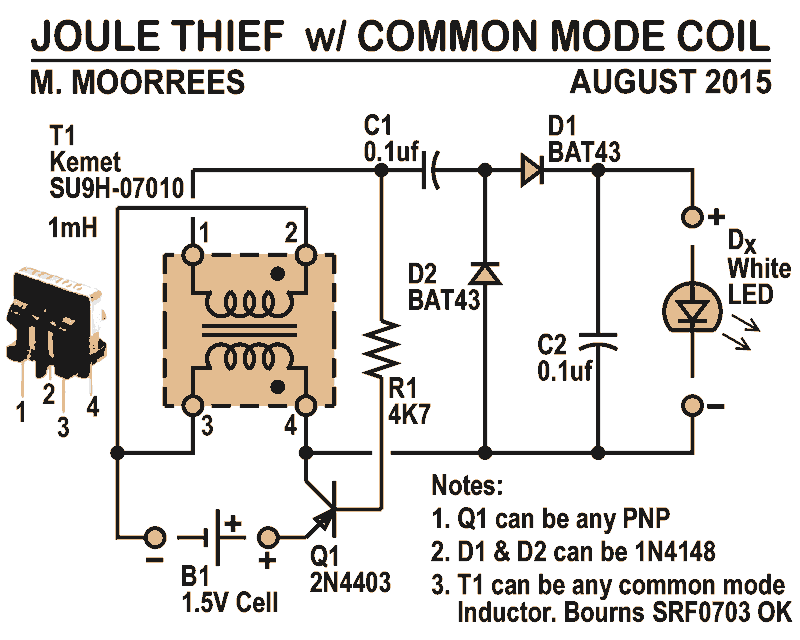
Like all joule thieves, this circuit boosts the voltage from a single 1.5V dry cell battery high enough to illuminate ultrabright GaN blue, green, or white LEDs. Instead of requiring a custom coil, it utilizes an off-the-shelf standard Kemet SU9H-07010 (1mH) common mode choke. Joule thieves are widely recognized circuits available online, primarily based on the blocking oscillator design from the tube era. Traditional designs necessitate a transformer or a coil with a center tap, often requiring users to wind their own around a ferrite or powdered iron toroid. However, modern circuits can also utilize standard two-coil inductors. Additional features include: (1) a PNP transistor, allowing the circuit to operate on battery voltages as low as 0.7V with silicon transistors and even lower (down to 0.25V) with germanium transistors, which were predominantly available in PNP configurations; (2) a voltage doubler rectifier and filter circuit, which has been integrated to maximize efficiency. Typically, LEDs are connected directly across the pulsed output, leading to signal waste. This doubler circuit harnesses the entire AC pulse generated, and to further enhance efficiency, BAT43 Schottky diodes are employed. While standard 1N914 or 1N4148 diodes could be used, the BAT43 provides an additional half-volt boost.
This joule thief circuit design effectively demonstrates the principles of voltage boosting while maximizing the efficiency of LED illumination. The use of the Kemet SU9H-07010 common mode choke simplifies the construction process, eliminating the need for custom coil winding. This component, combined with the PNP transistor, allows for operation at lower battery voltages, making the circuit versatile for various applications where battery life is critical.
The integration of a voltage doubler rectifier circuit is a notable enhancement, as it allows for the full utilization of the AC pulse generated by the joule thief. By employing Schottky diodes, specifically the BAT43, the circuit minimizes forward voltage drop, which is crucial for maximizing output voltage to the LEDs. The choice of BAT43 diodes over traditional silicon diodes ensures that the circuit can deliver optimal performance, particularly in low-voltage scenarios.
In summary, this joule thief circuit exemplifies an efficient and practical solution for powering ultrabright LEDs from low-voltage sources. The design's reliance on readily available components and its ability to operate at minimal battery voltages make it an attractive option for hobbyists and engineers alike, contributing to the development of sustainable and energy-efficient electronic devices.Like all joule thieves, it boost the voltage from a single 1.5V dry cell battery and boosts it high enough to light new ultrabright GaN, blue, green, or white LEDs. But instead of requiring a custom coil, it uses an off the shelf standard Kemet SU9H-07010 (1mH) common mode choke.
Joule thieves are very common circuits found on the web. Most are based around the blocking oscillator, which goes back to the tube days. The problem is that it requires a transformer, or at least a coil with a centertap. This often means winding your own around a ferrite or powdered iron toroid. But there still exist common two coil inductors used in modern circuits. Some added features, in addition to the coil choice: (1) a PNP transistor. With a silicon transistor, this circuit can run on a battery as low as 0.7V. Germanium transistors can even operate lower. As low as 0.25V. When germanium transistors were common, they more often than not came as PNP. NPN germanium transistors were harder to make. (2) a voltage doubler rectifier, and filter circuit has been added. Usually the LED is just placed across the pulsed output. This wastes half the signal. This doubler circuit, uses the whole AC pulse generated. To waste even less, BAT43 schottky diodes are used. Even though common 1N914/1N4148 diodes will work, the BAT43, will squeeze out another half volt. 🔗 External reference
This joule thief circuit design effectively demonstrates the principles of voltage boosting while maximizing the efficiency of LED illumination. The use of the Kemet SU9H-07010 common mode choke simplifies the construction process, eliminating the need for custom coil winding. This component, combined with the PNP transistor, allows for operation at lower battery voltages, making the circuit versatile for various applications where battery life is critical.
The integration of a voltage doubler rectifier circuit is a notable enhancement, as it allows for the full utilization of the AC pulse generated by the joule thief. By employing Schottky diodes, specifically the BAT43, the circuit minimizes forward voltage drop, which is crucial for maximizing output voltage to the LEDs. The choice of BAT43 diodes over traditional silicon diodes ensures that the circuit can deliver optimal performance, particularly in low-voltage scenarios.
In summary, this joule thief circuit exemplifies an efficient and practical solution for powering ultrabright LEDs from low-voltage sources. The design's reliance on readily available components and its ability to operate at minimal battery voltages make it an attractive option for hobbyists and engineers alike, contributing to the development of sustainable and energy-efficient electronic devices.Like all joule thieves, it boost the voltage from a single 1.5V dry cell battery and boosts it high enough to light new ultrabright GaN, blue, green, or white LEDs. But instead of requiring a custom coil, it uses an off the shelf standard Kemet SU9H-07010 (1mH) common mode choke.
Joule thieves are very common circuits found on the web. Most are based around the blocking oscillator, which goes back to the tube days. The problem is that it requires a transformer, or at least a coil with a centertap. This often means winding your own around a ferrite or powdered iron toroid. But there still exist common two coil inductors used in modern circuits. Some added features, in addition to the coil choice: (1) a PNP transistor. With a silicon transistor, this circuit can run on a battery as low as 0.7V. Germanium transistors can even operate lower. As low as 0.25V. When germanium transistors were common, they more often than not came as PNP. NPN germanium transistors were harder to make. (2) a voltage doubler rectifier, and filter circuit has been added. Usually the LED is just placed across the pulsed output. This wastes half the signal. This doubler circuit, uses the whole AC pulse generated. To waste even less, BAT43 schottky diodes are used. Even though common 1N914/1N4148 diodes will work, the BAT43, will squeeze out another half volt. 🔗 External reference
